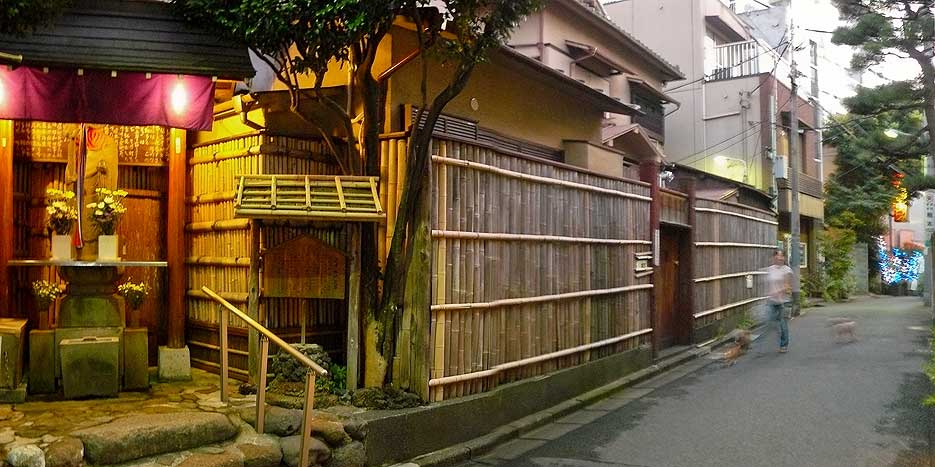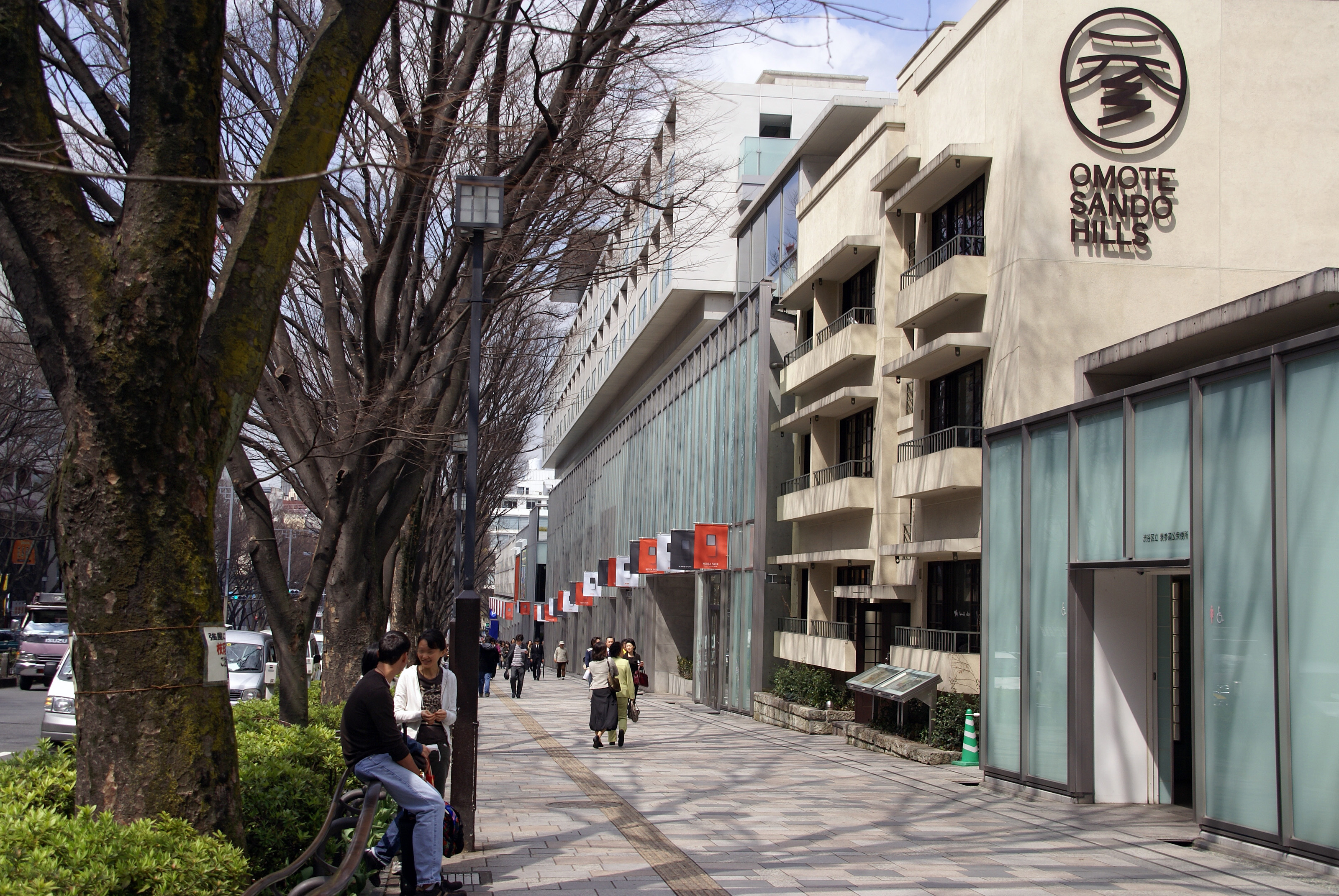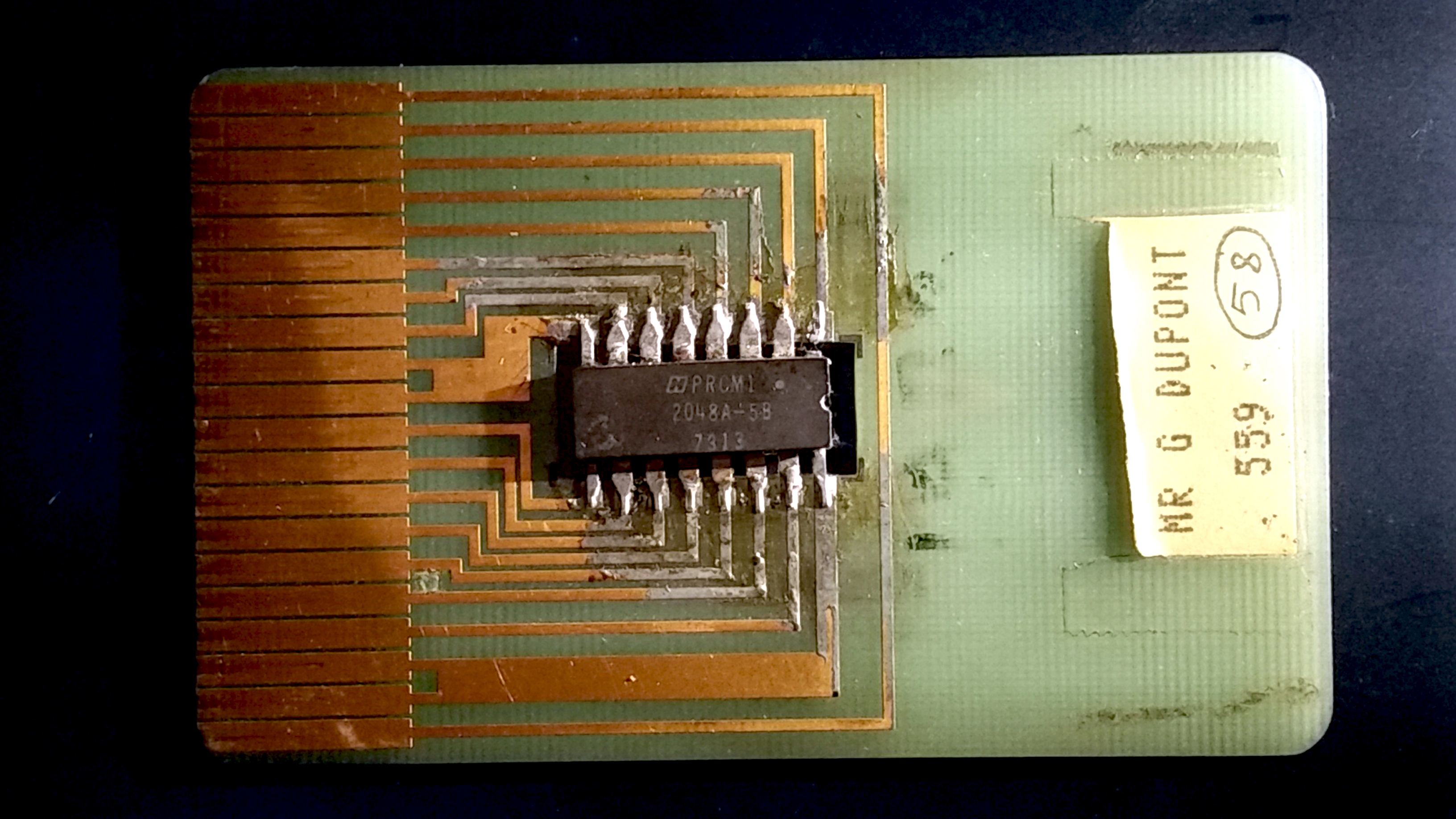|
Meiji-Jingūmae Station
is a subway station located in Shibuya, Tokyo, Japan. It is a part of the Tokyo Metro subway network, and is served by the Chiyoda Line and the Fukutoshin Line. Harajuku Station on the Yamanote Line is immediately adjacent to Meiji-jingumae Station and is marked as an interchange on most route maps. Due to this proximity and to encourage use of the station by visitors, Tokyo Metro changed station signboards to read on 6 March 2010. Station layout Platforms File:Meiji-jingumae station Chiyoda Line Platforms.jpg, Chiyoda Line platforms, 2018 File:Meiji-jingumae Station platforms 2022 Jun 27 07-57PM.jpeg, Chiyoda Line platforms, 2022 File:Meiji-jingumae station Fukutoshin Line platform.jpg, Fukutoshin Line platforms, 2009 History The Chiyoda Line station opened on 20 October 1972; the Fukutoshin Line station opened on 14 June 2008. The station facilities were inherited by Tokyo Metro after the privatization of the Teito Rapid Transit Authority (TRTA) in 2004. PASMO smart ... [...More Info...] [...Related Items...] OR: [Wikipedia] [Google] [Baidu] |
Shibuya, Tokyo
is a special ward in Tokyo, Japan. A major commercial center, Shibuya houses one of the busiest railway stations in the world, Shibuya Station. As of January 1, 2024, Shibuya Ward has an estimated population of 230,609 in 142,443 households and a population density of . The total area is . Notable neighborhoods and districts of Shibuya include Harajuku, Ebisu, Omotesandō, Yoyogi and Sendagaya. Shibuya came into the possession of the Shibuya clan in the early 1160s, after which the area was named. The branch of the clan that ruled this area was defeated by the Later Hōjō clan on January 13, 1524, during the Sengoku period, and the area then came under their control. During the Edo period, Shibuya, particularly Maruyamachō on Dōgenzaka, prospered as a town on Oyama Road (present-day Route 246), and in the Meiji era, as a Hanamachi. Shibuya emerged as a railway terminus during the expansion of the railway network beginning in the 19th century, and was incorporat ... [...More Info...] [...Related Items...] OR: [Wikipedia] [Google] [Baidu] |
Tōkyū Shin-yokohama Line
The , a contraction of and formerly until 2 September 2019, is a Japanese ''keiretsu'' or conglomerate headquartered in Shibuya, Tokyo. While a multinational corporation, its main operation is , a wholly-owned subsidiary operating railways in the Greater Tokyo Area. History The oldest predecessor of company was the , opened in 1908. The railway's operations were converted into a kabushiki gaisha (company) in 1910. Keita Gotō, now a notable Japanese industrialist, was appointed as the CEO in 1920 and he began a major expansion program. The most important predecessor was first registered on September 2, 1922, as the and is related to the construction of Den-en-chōfu. It was originally founded by the developers of Den-en-chōfu). It was acquired by the Musashi Electric Railway in 1924, shortly before Musashi was renamed into the , also known as the Toyoko, in the same year. After Musashi/Toyoko's acquisition, the Meguro-Kamata Electric Railway initially operated as ... [...More Info...] [...Related Items...] OR: [Wikipedia] [Google] [Baidu] |
Railway Stations In Japan Opened In 1972
Rail transport (also known as train transport) is a means of transport using wheeled vehicles running in tracks, which usually consist of two parallel steel rails. Rail transport is one of the two primary means of land transport, next to road transport. It is used for about 8% of passenger and freight transport globally, thanks to its energy efficiency and potentially high speed.Rolling stock on rails generally encounters lower frictional resistance than rubber-tyred road vehicles, allowing rail cars to be coupled into longer trains. Power is usually provided by diesel or electric locomotives. While railway transport is capital-intensive and less flexible than road transport, it can carry heavy loads of passengers and cargo with greater energy efficiency and safety. Precursors of railways driven by human or animal power have existed since antiquity, but modern rail transport began with the invention of the steam locomotive in the United Kingdom at the beginning of the 19th ... [...More Info...] [...Related Items...] OR: [Wikipedia] [Google] [Baidu] |
NHK Broadcasting Center
The , the headquarters of NHK, is located in Jinnan, Shibuya, Tokyo, Japan. It includes studios and offices, as well as shops and Studio Park, which is a popular attraction for schoolchildren and tourists. Located within the same complex is the NHK Hall, in which performances are regularly held and often televised. The center also hosts offices of international broadcasters, including KBS of South Korea, China Central Television, the Public Broadcasting Service, and the Australian Broadcasting Corporation. A number of NHK-related companies have offices at buildings in nearby streets. Overview Most of the nationwide network programs are produced and transmitted here, and it also serves as a base for block broadcasting for the Kanto-Koshinetsu region. There are satellite broadcasting stations that carry out satellite broadcasting and international broadcasting stations that carry out international broadcasting (NHK World TV, NHK World Radio Japan) outside of Japan. Rec ... [...More Info...] [...Related Items...] OR: [Wikipedia] [Google] [Baidu] |
Yoyogi National Gymnasium
Yoyogi National Gymnasium, officially is an indoor arena located at Yoyogi Park in Shibuya, Tokyo, Japan, which is famous for its Suspended structure, suspension roof design. The arena holds 13,291 people (9,079 stand seats, 4,124 arena seats and 88 "royal box" seats) and is now primarily used for ice hockey, futsal, basketball and volleyball. The NHK studios are adjacent to the arena along the edge of Yoyogi Park. Therefore, images of the arena are regularly featured at the end of NHK Newsline broadcasts. History The Yoyogi National Gymnasium was designed by Kenzō Tange, beginning in 1961. The building was completed in 1964, in preparation for the 1964 Summer Olympics where it was to host swimming events. The annex was used for Basketball at the 1964 Summer Olympics, basketball events. It was also the venue for the handball at the 2020 Summer Olympics, handball competition at the 2020 Summer Olympics. The design inspired Frei Otto's arena designs for the Olympiastadion ... [...More Info...] [...Related Items...] OR: [Wikipedia] [Google] [Baidu] |
Yoyogi Park
is a park in Shibuya, Tokyo, Japan. It is located adjacent to Harajuku Station and Meiji Shrine in Yoyogikamizonochō. The park is a popular Tokyo destination, especially on Sundays when it is used as a gathering place for Japanese rock music fans, jugglers, comedians, martial arts clubs, cosplayers and other subculture and hobby groups. In spring, thousands of people visit the park to enjoy the cherry blossom during ''hanami''. The landscaped park has picnic areas, bike paths, cycle rentals, public sport courts, and a dog run. History Yoyogi Park stands on the site from where the first successful powered flight, powered aircraft flight in Japan took place by Captain Yoshitoshi Tokugawa on 19 December 1910. The area later became an army parade ground. From September 1945, the site became a U.S. officers housing area known as Washington Heights (Tokyo), Washington Heights during the Occupation of Japan, Allied occupation of Japan. The area was used for the 1964 Summer Olympic ... [...More Info...] [...Related Items...] OR: [Wikipedia] [Google] [Baidu] |
Harajuku
is a district in Shibuya, Tokyo. Harajuku is the common name given to a geographic area spreading from Harajuku Station to Omotesandō, Tokyo, Omotesando, corresponding on official maps of Shibuya, Tokyo, Shibuya ward as Jingūmae 1 Japanese addressing system, chōme to 4 Japanese addressing system, chōme. In popular reference, Harajuku also encompasses many smaller backstreets such as Takeshita Street and Cat Street, Tokyo, Cat Street spreading from Sendagaya in the north to Shibuya in the south. Harajuku is known internationally as a center of Japanese youth culture and fashion. Shopping and dining options include many small, youth-oriented, independent boutiques and cafés, but the neighborhood also attracts many larger international chain stores with high-end luxury merchandisers extensively represented along Omotesando. Harajuku Station on the East Japan Railway Company, East Japan Railway (JR East) Yamanote Line and Meiji-jingumae Station, Meiji-jingumae 'Harajuku' Stat ... [...More Info...] [...Related Items...] OR: [Wikipedia] [Google] [Baidu] |
Meiji Shrine
is a Shinto shrine in Shibuya, Tokyo, that is dedicated to the deified spirits of Emperor Meiji and his wife, Empress Shōken. The shrine does not contain the emperor's grave, which is located at Fushimi-ku, Kyoto#Sights, Fushimi-momoyama, south of Kyoto. History After the emperor's death in 1912, the Japanese Diet passed a resolution to commemorate his role in the Meiji Restoration. An iris garden in an area of Tokyo where Emperor Meiji and Empress Shōken had been known to visit was chosen as the building's location. Construction began in 1915 under Itō Chūta, and the shrine was built in the traditional nagare-zukuri style, using primarily Japanese cypress and copper. The building of the shrine was a national project, mobilizing youth groups and other civic associations from throughout Japan, who contributed labor and funding. The main timbers came from Kiso Mountains, Kiso in Nagano, and Alishan National Scenic Area#History, Alishan in Taiwan, then a Japanese territory, w ... [...More Info...] [...Related Items...] OR: [Wikipedia] [Google] [Baidu] |
Smart Card
A smart card (SC), chip card, or integrated circuit card (ICC or IC card), is a card used to control access to a resource. It is typically a plastic credit card-sized card with an Embedded system, embedded integrated circuit (IC) chip. Many smart cards include a pattern of metal contacts to electrically connect to the internal chip. Others are Contactless smart card, contactless, and some are both. Smart cards can provide personal identification, authentication, data storage, and application processing. Applications include identification, financial, public transit, computer security, schools, and healthcare. Smart cards may provide strong security authentication for single sign-on (SSO) within organizations. Numerous nations have deployed smart cards throughout their populations. The universal integrated circuit card (UICC) for mobile phones, installed as pluggable SIM card or embedded eSIM, is also a type of smart card. , 10.5billion smart card IC chips are manufactured annually ... [...More Info...] [...Related Items...] OR: [Wikipedia] [Google] [Baidu] |
Seibu Ikebukuro Line
The is a railway line of the Japanese private railway operator Seibu Railway. It originates at Ikebukuro Station, a large railway junction in north-western Tokyo, extending to northwest suburbs as far as Tokorozawa, Saitama, and nominally terminates at Agano Station. The Seibu Chichibu Line from Agano to Seibu-Chichibu Station is an extension. The operation is largely divided into two sections: from Ikebukuro to Hannō Station and from Hannō to Seibu-Chichibu Station. The section from Hannō to Seibu-Chichibu is single track, but every station except for Higashi-Hanno has passing loops, and trains may pass each other at any stop. There is also a passing loop inside a tunnel where the signal controls bi-directional operation. The rest of all the lines is double track with track gauge. Branch lines The Ikebukuro Line has three branches with through operation, apart from the Seibu Chichibu Line. ;Seibu Toshima Line, Toshima Line : length, with Local trains through from Ikebuku ... [...More Info...] [...Related Items...] OR: [Wikipedia] [Google] [Baidu] |





